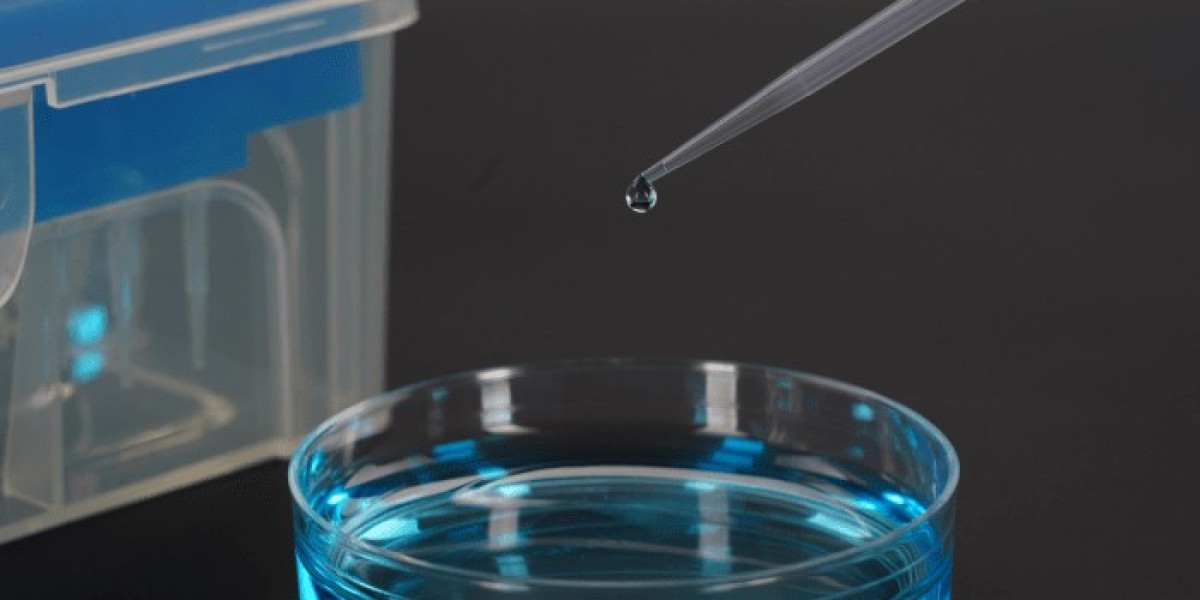To prevent contamination and guarantee precise and reliable results, pipette tips should be replaced after each sample. This is due to the possibility that contaminants carried by the tip during sample contact could affect a subsequent sample. Pipetting errors can also result from reusing the pipette tip because the liquid residue sticks to the inside of it. In the following particular cases, replacing the pipette tips is necessary:
l When pipetting different liquids: To prevent cross-contamination when pipetting different liquids, it is imperative to replace the pipette tip after each liquid.
l When pipetting sensitive reagents: Even minute quantities of foreign substances have the potential to contaminate sensitive reagents. After pipetting a sensitive reagent, the pipette tip needs to be changed.
l When pipetting viscous or sticky liquids: Accurate pipetting can be impacted by viscous or sticky liquids that adhere to the inside of the pipette tip. If you need to pipette a viscous or sticky liquid more than once, you must replace the pipette tip.
In general, it's a good idea to regularly replace pipette tips to guarantee precise and reliable results and avoid contamination. This is particularly crucial when handling pricey or delicate reagents.








